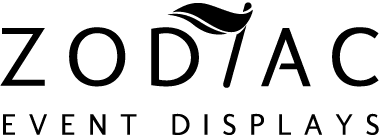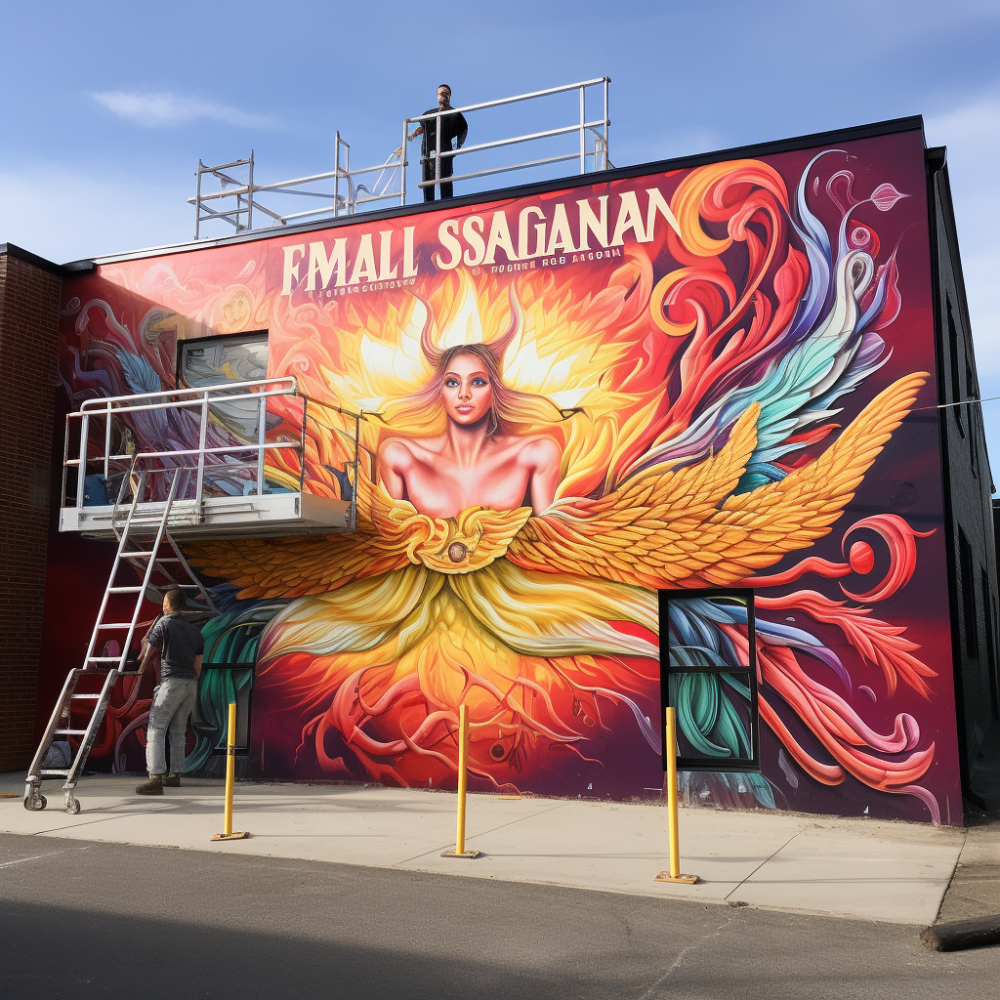
Embarking on the journey of participating in a trade show requires a deep dive into the costs involved in creating an impactful display. Understanding how much for a trade show display can be complex, with multiple factors affecting the final price. It is essential for businesses to consider not just the upfront cost, but also the long-term value that a high-quality, eye-catching display can bring to their brand.
To begin with, the size and complexity of the display are primary cost determinants. Simple tabletop setups may come at a lower price point, whereas large-scale, custom-designed booths will require a more substantial investment. Material quality is another crucial factor, as durable, high-end materials like dye-sublimated fabric can offer a stunning visual appeal and longevity, albeit at a higher cost.
The extent of customization is also a key consideration. A bespoke design tailored to a brand’s unique requirements will likely incur higher design and production costs. However, the personalized touch can significantly enhance brand recognition and audience engagement. On the other hand, opting for modular displays that can be reused and reconfigured for different events may provide cost savings over time.
Finally, additional elements such as lighting, interactive features, and multimedia components can elevate the overall experience but will add to the total cost. It’s vital for exhibitors to weigh these elements against their budget and desired outcomes.
For those ready to make their mark at the next trade show, Zodiac Event Displays offers a wealth of options to suit a variety of needs and budgets. Send a message to info@zodiacdisplays.com to amplify your event marketing and explore the ideal display solutions for your business.
Key Factors That Influence Display Pricing
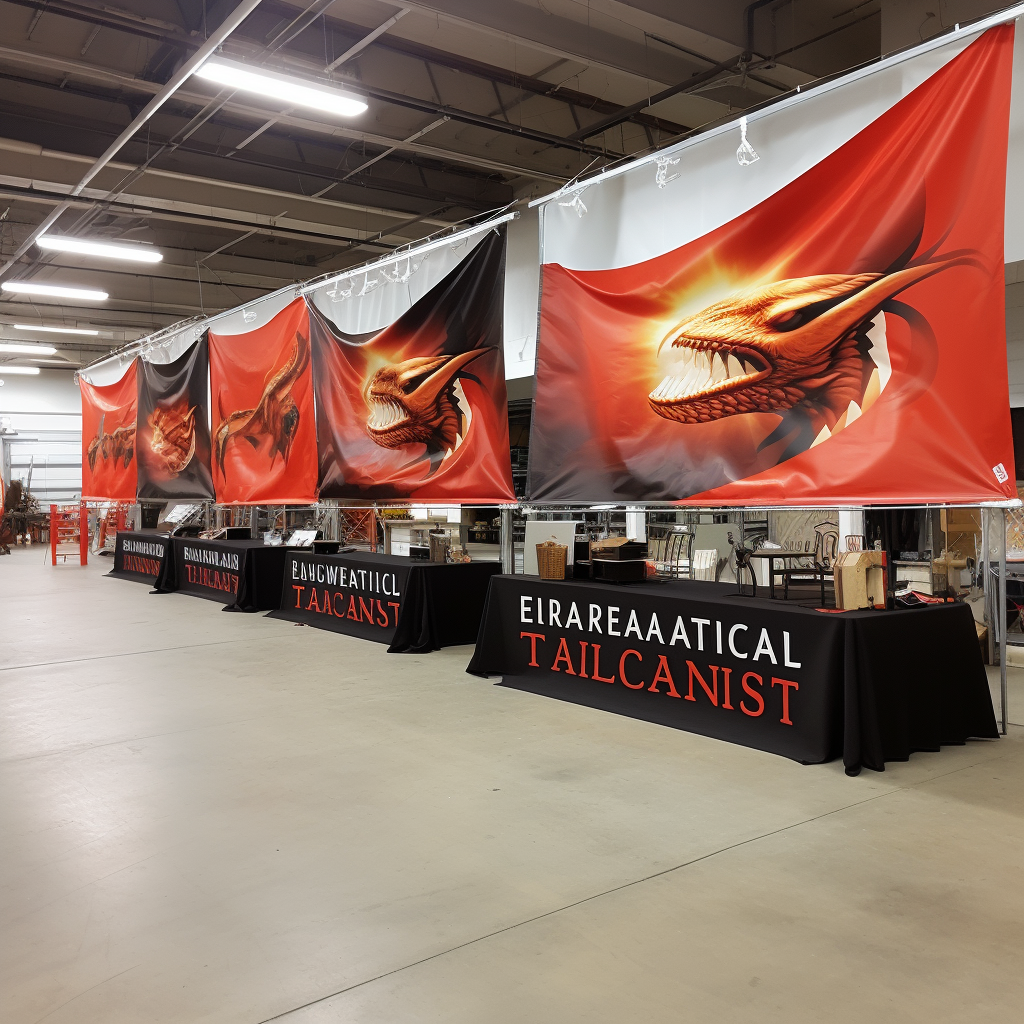
Several key factors come into play when determining the pricing of trade show displays, each contributing to the overall cost in different ways. Firstly, the design complexity is a major price influencer; more intricate designs with custom graphics and unique shapes are more labor-intensive and thus pricier. Secondly, the quality of materials used directly impacts the price. High-quality, durable materials like those used in dye sublimated fabric displays are costlier but provide a better look and longer lifespan.
Another significant factor is the size of the display. Larger displays require more material and often more complex structural supports, leading to higher costs. Portability and weight also play a role, as lightweight and easy-to-transport displays can reduce shipping and handling fees. Moreover, the type of display—whether it is a pop-up, modular, or custom exhibit—will affect the cost due to varying production processes and materials needed.
Additional features such as integrated technology, like digital screens or interactive kiosks, can further drive up the cost. However, they also offer a modern, engaging experience for attendees. Lastly, the longevity and reusability of the display should be considered, as investing in a high-quality, versatile display that can be adapted for multiple shows may offer greater value in the long term despite a higher initial price.
Understanding these factors can help exhibitors make informed decisions about their trade show materials and ensure that they invest in displays that not only fit their budget but also effectively convey their brand message and attract their target audience.
Types of Trade Show Displays and Their Costs
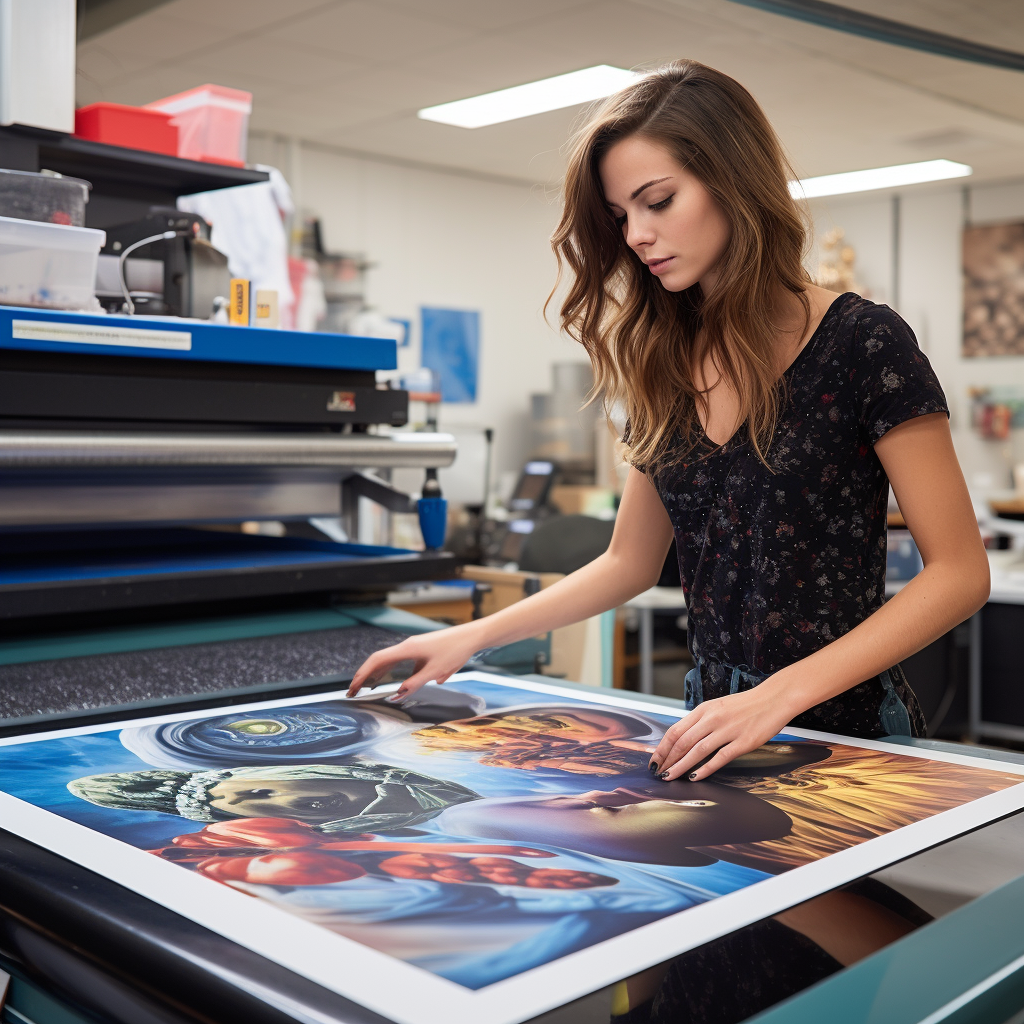
The variety of trade show displays available to businesses is extensive, each with its own cost implications. At the most basic level, tabletop displays are a cost-effective option, typically ranging from a few hundred dollars to over a thousand, depending on customization and materials. Moving up in size and complexity, pull-up banner stands offer portability and affordability, with prices that can vary from under a hundred dollars to several hundred.
For those requiring more space and visibility, pop-up displays are a popular choice. These can start at around one thousand dollars and can go up to several thousands, influenced by the quality of graphics and structural complexity. Modular displays, known for their flexibility and reconfigurability, can cost anywhere from a few thousand dollars to tens of thousands. The price reflects the modular components, high-quality materials, and the potential for custom-designed elements.
For exhibitors looking to make a significant impact, custom exhibits are the most expensive option, with costs that can start in the tens of thousands and can exceed hundreds of thousands of dollars. These prices are due to the bespoke design, unique construction, and often the inclusion of high-tech elements. Lastly, outdoor displays, such as pop-up tents and flag banners, offer a range of prices, typically from a couple of hundred dollars to over a thousand, depending on size and customization options.
Each type of display serves a different purpose and brings varying levels of engagement and brand presentation. Selecting the right type of display is crucial for achieving marketing objectives and staying within budgetary constraints.
Budgeting for Your Trade Show Presence

When preparing for a trade show, a well-planned budget is your roadmap to a successful event. The cost of your display is just one piece of the puzzle; there are several other factors to consider that can affect your overall investment. Booth space rental is often the most significant expense, with prices varying widely based on the location and size of the event. Additionally, design and production costs for your displays should be accounted for early in the planning process.
Apart from the display itself, shipping and drayage fees for transporting your materials to the venue can impact your budget. Furthermore, installation and dismantling services, if not handled in-house, will add to your expenses. Don’t forget to factor in travel and accommodation costs for your staff, as well as daily allowances for meals and incidentals.
Marketing materials, such as brochures and promotional items, also require a portion of the budget. To ensure you’re equipped for success, consider the costs for lead retrieval systems and other technology that aids in capturing potential client information. Lastly, insurance for your display materials and unexpected costs, like emergency repairs or last-minute branding changes, should have an allocated contingency fund.
By breaking down each component and researching the associated costs, businesses can create a comprehensive budget that covers all aspects of trade show participation. This ensures that when the time comes, you can focus on networking and promoting your brand, rather than worrying about unforeseen expenses.
Maximizing ROI on Trade Show Investments

Achieving a high return on investment (ROI) is a critical goal for businesses participating in trade shows. To maximize ROI, it’s essential to set clear objectives for what you hope to achieve, such as generating leads, increasing brand awareness, or directly making sales. Once goals are established, you can tailor your trade show strategy to meet these targets effectively.
Engaging and interactive displays can draw more visitors to your booth, so investing in high-quality, eye-catching materials like those provided by Zodiac Event Displays can be extremely beneficial. Utilize bold graphics and creative designs to stand out in a busy trade show environment, capturing the attention of passersby and converting them into potential customers.
Staff training is also vital; your team should be well-versed in product knowledge and skilled in the art of conversation to ensure meaningful interactions with booth visitors. Additionally, post-show follow-up is crucial for turning leads into sales, so plan for a prompt and organized response to contacts made during the event.
Lastly, measuring the success of your trade show involvement is key to understanding your ROI. Track metrics such as the number of leads generated, the quality of those leads, any immediate sales made, and the overall increase in brand recognition. These data points will guide future decisions on trade show investments and help refine your strategy for even greater returns.
Navigating Hidden Costs in Trade Show Exhibits
When planning for trade show exhibits, businesses often focus on the upfront costs of display materials, booth space, and staffing. However, there are several hidden costs that can impact your overall investment. Being aware of these potential expenses is crucial for accurate budgeting and avoiding unpleasant surprises.
One common hidden cost is drayage or material handling fees, which include the moving of your exhibit materials from the delivery truck to your booth space. These fees can be unexpectedly high, so it’s important to understand the pricing structure of the event venue beforehand. Similarly, installation and dismantling (I&D) services, if not handled internally, can add significant labor costs.
Other potential hidden costs include electrical hookups for your booth, Wi-Fi service charges, and cleaning fees. Additionally, shipping costs for your display materials may vary greatly depending on the distance and timing of your freight shipments. To navigate these costs effectively, meticulous planning and early booking are often the best strategies to secure discounts and avoid rush fees.
To ensure that you are fully prepared for your next trade show, and to avoid hidden costs that can detract from your event success, send a message to info@zodiacdisplays.com to amplify your event marketing. Our team at Zodiac Event Displays will help you navigate the complexities of trade show expenses with our expert advice and quality display solutions. Explore our offerings and find out how much for a trade show display by visiting https://zodiacdisplays.com.
